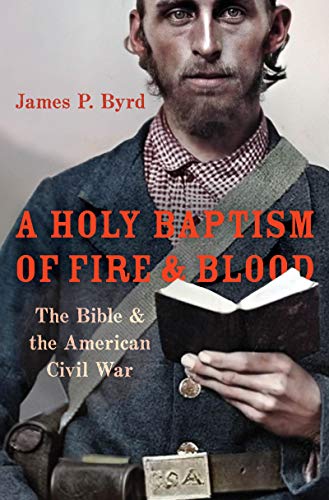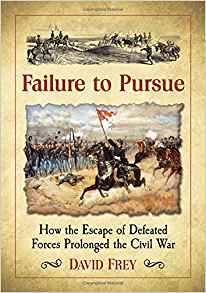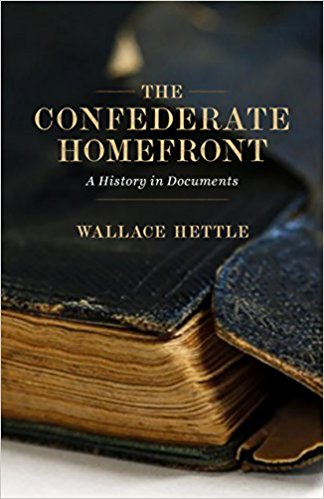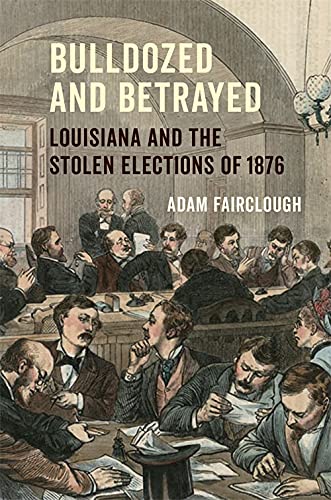Osprey Publishing has long set the standard for handsomely illustrated volumes of military history, and the latest in their growing Civil War series, Timothy J. Orr’s The Battle of Gettysburg: The Second Day, is yet another example of such sterling work. Orr, with the assistance of illustrator Steve Noon, has delivered a concise account of one of the most complicated single-days of combat in the history of the war, written with verve and authority. Clocking in at just under 100 pages, the book is a perfect guide for battlefield visitors looking to extend their understanding of the battle beyond surface level, or a handy reference for scholars and readers seeking a clearer understanding of both tactics and leadership decisions that shaped the events of July 2, 1863.
Orr covers the action across the battlefield, with sections for the fighting at Benner’s Hill, Little Round Top, Devil’s Den, the Wheatfield, The Valley of Death, the Peach Orchard, and the Union defense of Culp’s Hill and Cemetery Ridge. The book also features a summary of the events of the first day of fighting and a preview of the situation that faced Robert E. Lee and George G. Meade on July 3. There are also useful recapitulations of each army leader’s plans and goals, along with a complete Order of Battle for both the Army of the Potomac and the Army of Northern Virginia. Readers who know nothing about Gettysburg could pick up the book and easily understand the stakes, the stratagems, and the events of the battle’s second day—a testament to Orr’s stellar organization and narration of the fighting.
The segment on the action in the Wheatfield is particularly noteworthy for its clarity. Even the most confident of Civil War historians would likely admit (if only behind closed doors) that there is perhaps no example of combat during the conflict that has consistently proven more confusing (and more frustrating) to understand than the clash in George Rose’s wheatfield between about 5:30 and 7:30 in the evening of July 2. Fortunately for readers, Orr ably makes sense of the action, which mingled elements of three Union corps and two Confederate divisions in a struggle that produced some 4,000 casualties. The Wheatfield section stands out because it has so often presented a challenge to Gettysburg’s historical chroniclers. It is no exception within the context of Orr’s narrative, however, in which all the elements of the second day’s fighting are explained with care and buttressed by anecdotes of individual bravery and examples of leadership successes and failures.
One additional element of the volume that sets it apart from myriad other works on the battle is the imagery included on every page. Illustrations in the volume run from the famous wartime battlefield photographs of Timothy O’Sullivan and Alexander Gardner to familiar portraits of army leaders and rarer images of the war’s common soldiers. Two styles of maps also help orient readers to the battle’s events. The first will be familiar to those who have even a passing acquaintance with works of Civil War military history, presenting the opposing units (marked in different colors) on a static plane, represented by tiny bars. The second is more innovative, endeavoring to render the battle in three dimensions—presenting a topographical cross section with terrain features such as trees and farmland clearly indicated. And while the colored bars still feature, the latter of the two map styles feels exciting and engaging; it should be a boon to readers considering whether they need another book on Gettysburg to sit on their shelves.
And that question is a fair one for any new work on a battle whose bibliography extends to thousands of entries. To answer that question, readers must first ask themselves what they want in a book about the fight at Gettysburg. If the answer is a short, readable, and handsomely-produced volume that will provide a solid introduction to a day of fighting that, on its own, represented the tenth-bloodiest battle of the war, this work will not disappoint. It would be difficult to imagine a Civil War enthusiast who would not find something to enjoy in The Battle of Gettysburg: The Second Day. I know I will have my copy near at hand on my next trip to Gettysburg.
Cecily N. Zander is a Postdoctoral Fellow at The Center for Presidential History at Southern Methodist University.





